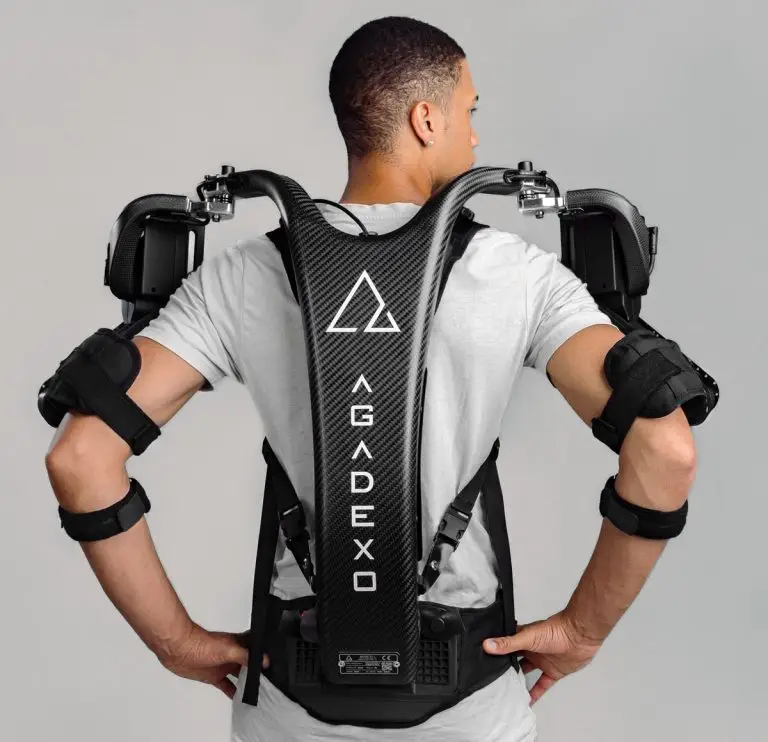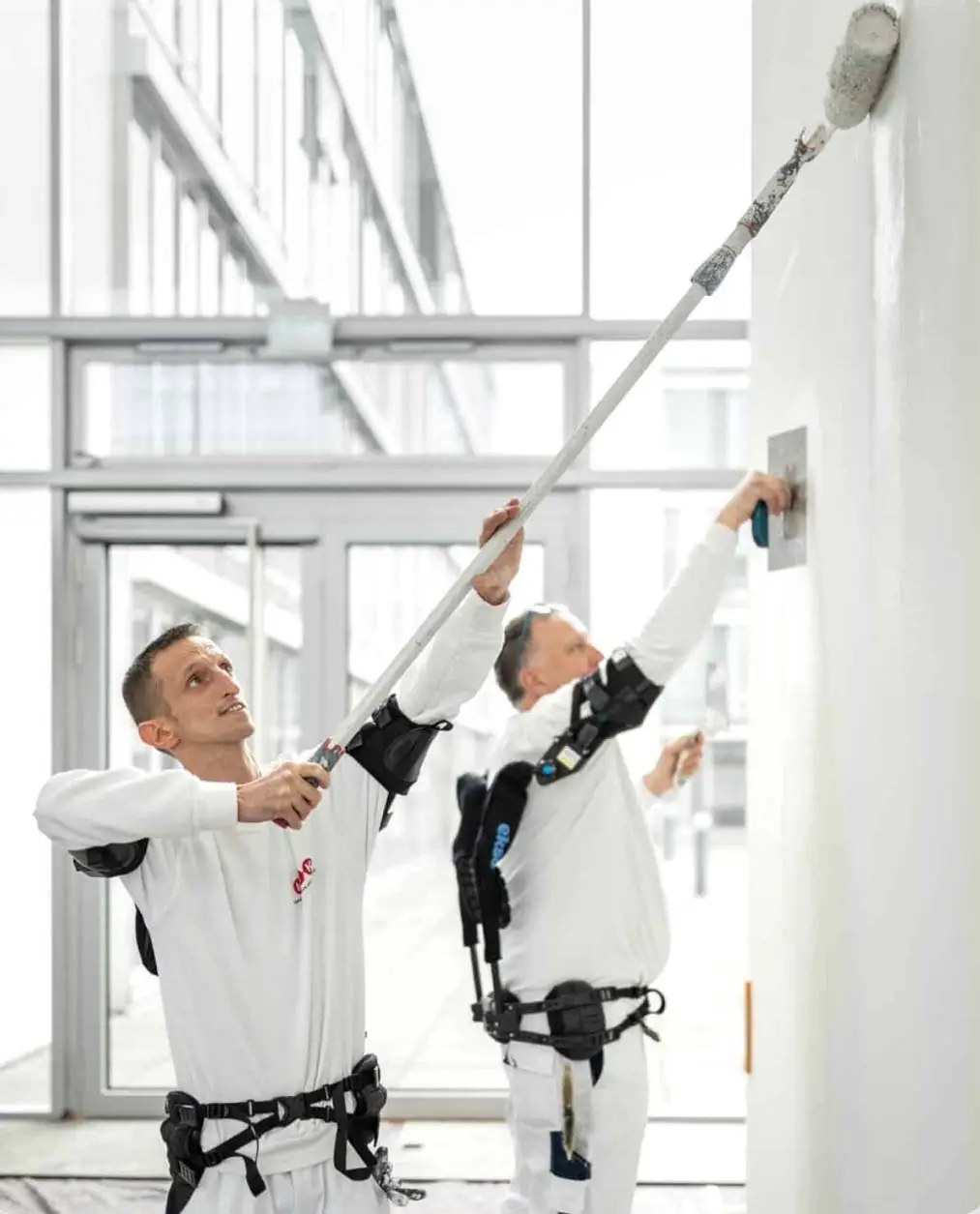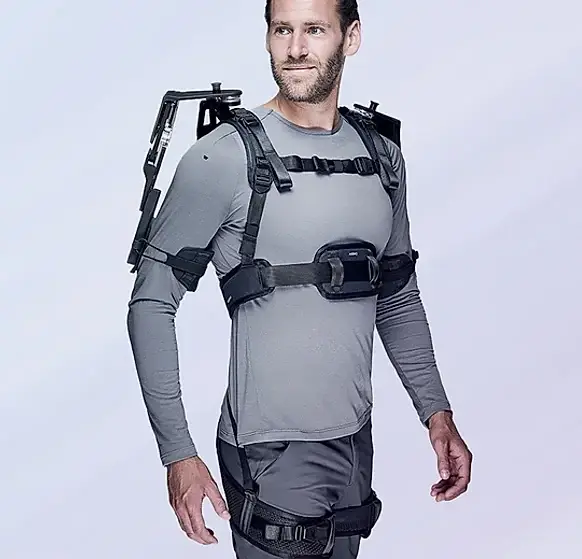How Does an Exoskeleton Work

Intro
Understanding how does an exoskeleton work is crucial for those interested in harnessing the benefits of this groundbreaking technology. At its core, an exoskeleton functions as an external support system that enhances the user’s strength, endurance, and posture during physically demanding tasks.
The Mechanics Behind Exoskeletons
To explain how does an exoskeleton work, it’s important to differentiate between active and passive models. Active exoskeletons use motors and power sources to amplify the user’s movements, while passive ones rely on mechanical elements like springs and hinges to redistribute weight and provide support. Regardless of type, exoskeletons are designed to integrate seamlessly with the user’s body, offering support where it’s needed most, such as the back, shoulders, or legs.
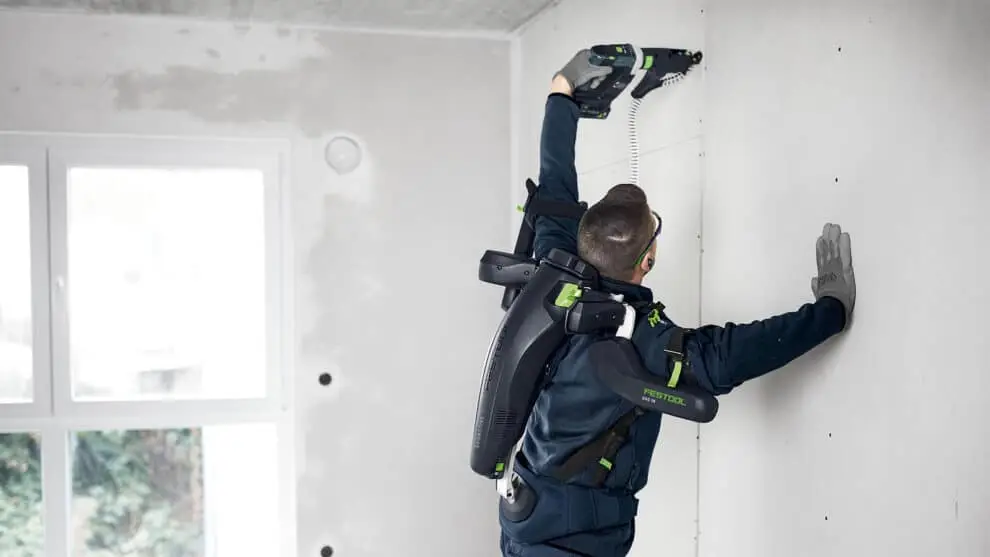
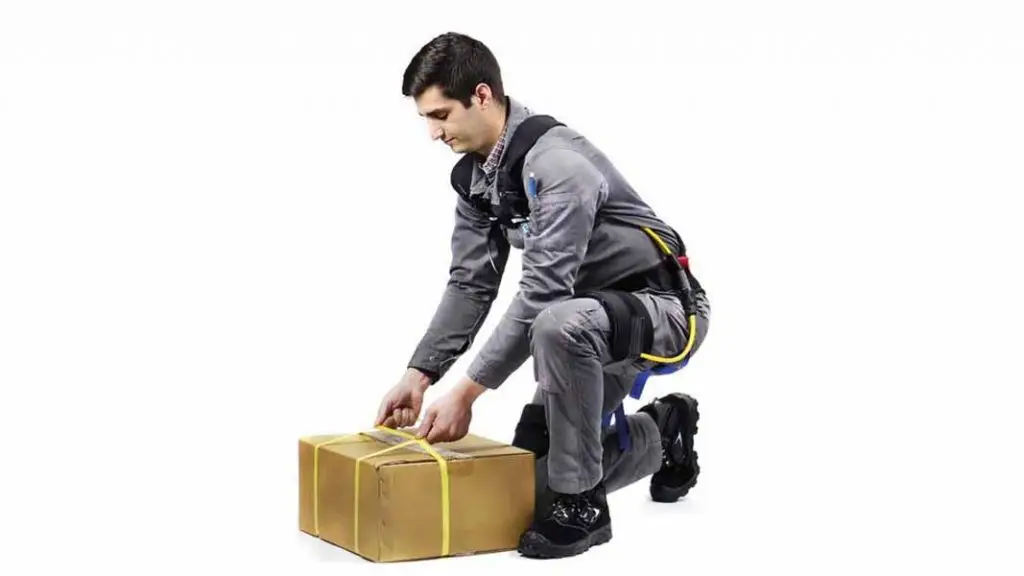
How Does an Exoskeleton Work in Different Environments?
Whether it’s for industrial applications, healthcare, or outdoor activities, the principles of how does an exoskeleton work remain consistent. Sensors, adjustable support levels, and ergonomic designs ensure that the user’s movements are enhanced rather than restricted. For example, in logistics, an exoskeleton can reduce strain on the back by redistributing the load, making tasks like lifting and carrying less exhausting.
The Future of Exoskeleton Technology
The question of how does an exoskeleton work will evolve as the technology advances. Researchers are continually exploring innovative materials and designs to make exoskeletons more efficient and accessible. These advancements will likely expand their applications, making exoskeletons indispensable in various industries.


